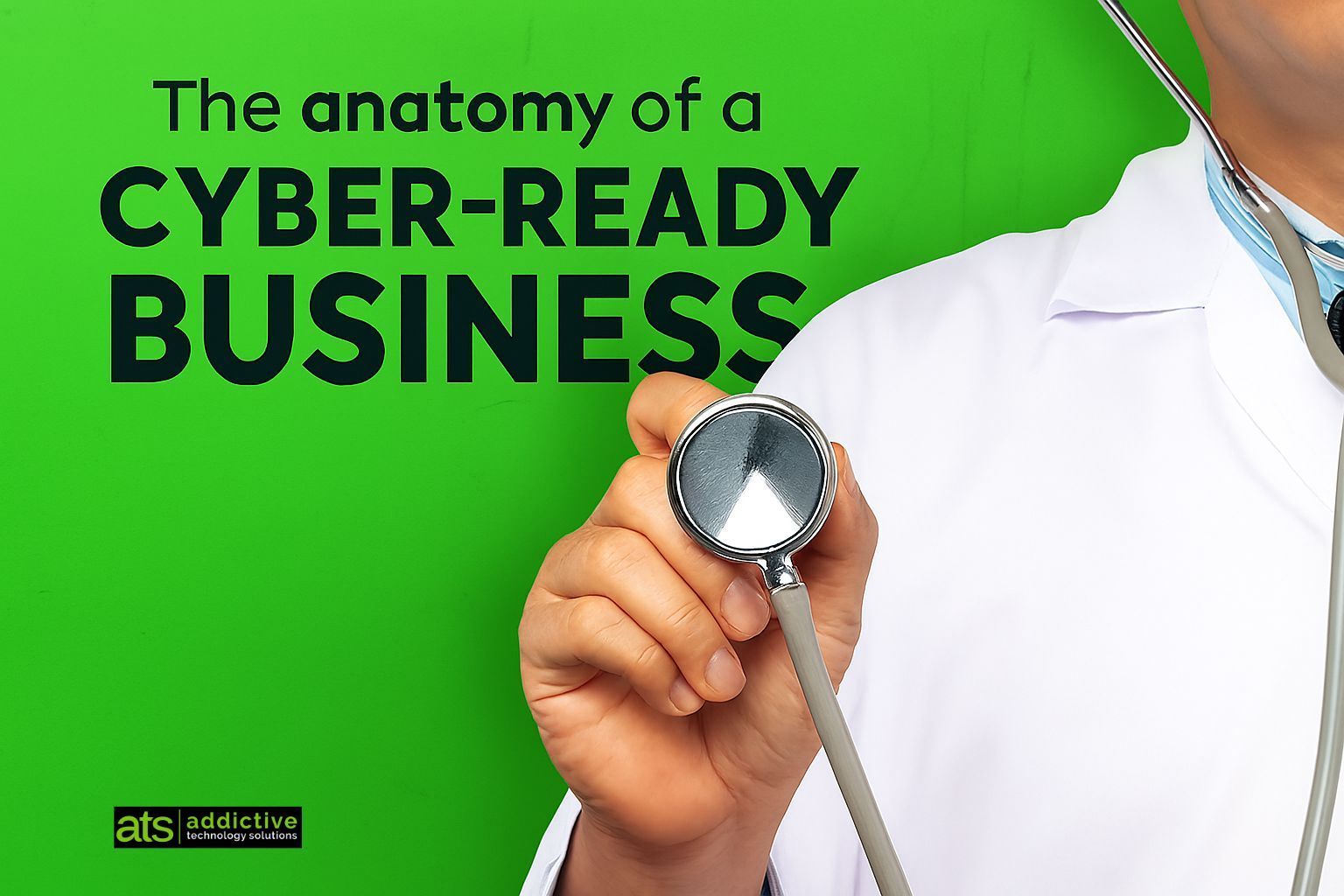Protect your Business with MFA

The Australian Cyber Security Centre
advises that focusing on cybersecurity is more important than ever for businesses of all sizes. Mitigating threats on the Internet is a matter of being proactive about properly setting up strong security features. As a small business owner, you also need to learn about how to use small business technology options to ensure that you are protected in case of unexpected incidents. One of the most effective methods of keeping your online accounts secure is through the use of two-factor authentication.
What Is Multiple-Factor Authentication?
When it comes to Internet security, most people use only passwords to secure their online data. Unfortunately, passwords tend to be problematic. You could forget which password goes to each different account or application that you use. As a result, you may use the same password every time you set up a new account. If an attacker is able to figure out that one password, the safety of any information contained in any account you have will be compromised at once.
When such an attack occurs with business data, your small business can suffer. Information including confidential project plans, customer lists and business banking information may be at risk.
Fortunately, setting up a second layer of security can greatly reduce these risks. Two-factor authentication is a security protocol that requires users to go through two different security steps before they can access information. In addition to a password, you set up a second security step that must be completed before access to data, applications or documents can be granted. If you have ever logged into your bank’s website and received a notification that a unique code would be sent to your phone to verify your identity, you have encountered multiple-factor authentication.
How to Use 2FA
Now that you have a better understanding of what multiple-factor authentication is, you can determine how to effectively use this option to boost cybersecurity. If you find that you need help setting up your authentication method, business IT support through security service providers can help walk you through the steps.
There are multiple options for this second step. As a small business owner, the most common type of authentication you may use is a knowledge factor. A password is an example of a knowledge factor, but you can add a PIN that needs to be entered after the password to achieve multiple security layers. The knowledge factor is a type of secret code that only authorized users know.
If you are using a security protocol for applications or documents that only employees should be able to access, you can use a possession factor. In this instance, your employee would need a physical object like an identification card or a mobile device that allows access to sensitive information. There are even key fobs that are designed to generate numeric codes at set intervals. The generated code displayed on the fob must be entered into the computer for access to be granted.
While small business owners are unlikely to use an inherence factor, it is another option for adding a second security layer. Inherence factors use biometrics to verify the identity of a user. Employees would need to have an initial fingerprinting or retinal scan to set up an inherence factor. Every time employees go to access the secured system, fingerprints or retinal scans would need to be completed. This option tends to be cost-prohibitive for small businesses. Inherence factors are best for larger companies that are securing incredibly sensitive information.
The Benefits of Multiple-Factor Authentication
Two-factor authentication offers your small business benefits including:
• An added layer of security
If your business just uses a password to keep data secure, anyone who gains access to this password can also access the data that passwords are supposed to protect. When you use 2FA, you effectively thwart any would-be attacker by building a roadblock before it is necessary. As a result, the chance that data will be compromised is significantly reduced. In fact, research involving 2FA done by Google suggests that some types of multiple-factor authentication can prevent certain types of attacks by up to 100 per cent.
• Secure options for remote access
Small business owners who would like to give their employees the option to work remotely may worry about the security threats posed when employees access business data from home. If you have reservations about letting your employees work from home for security reasons, using an authenticator may be a solution that can alleviate your worries. Your employees can safely access data and business applications from anywhere they can access the Internet.
• A better reputation for maintaining security
Using authentication options also gives you the opportunity to show your customers that you value security. If your business relies on online sales, an authenticator can protect the sensitive financial and personal information that is being transmitted when a transaction is completed. When your customers know that they can trust you to prevent their information from being compromised, they are more likely to become repeat customers.
The Importance of Having a Backup
If you are using a mobile device to gain access to websites, documents or applications, you run the risk that you could lose the device and your access. While you can go through simple steps to retain access when you replace a device, losing the device poses problems.
Fortunately, there are ways to back up your authentication method to ensure that losing your device does not bring your business to a standstill. If you are using authentication services that send you unique codes to verify your identity, these services give you the option to set up backup codes when you establish your account. These are one-time use codes, so it is acceptable to keep these codes written down in a secure location. You do not want to write down passwords that get used over and over again, but these one-time use codes that are intended only to allow access as a secondary means in case your device is lost do not have the same sensitivity as a password.
In today’s connected world, the proper utilisation of small business technology is essential to the success of your business. Improving your understanding of cybersecurity and using options like multiple-factor authentication is important to keep financial details, project information and other sensitive details secure.
Remember, you’ve worked hard to build your business and implementing something as simple as two-factor authentication for your mission-critical Bussiness IT Systems will make you less of a target than the business next door who does not take on-line security seriously.


